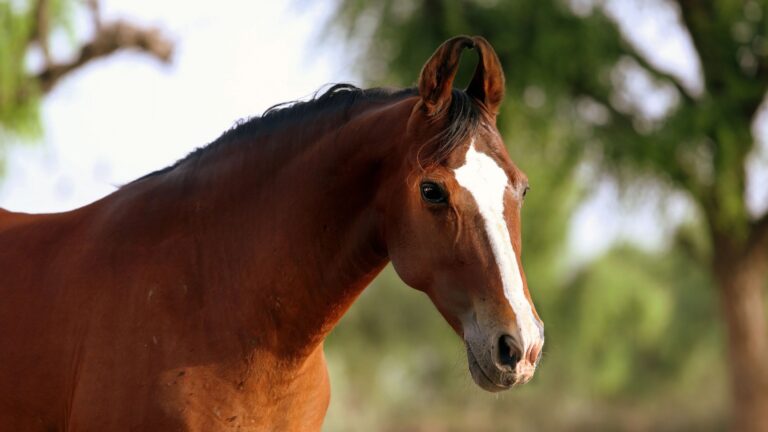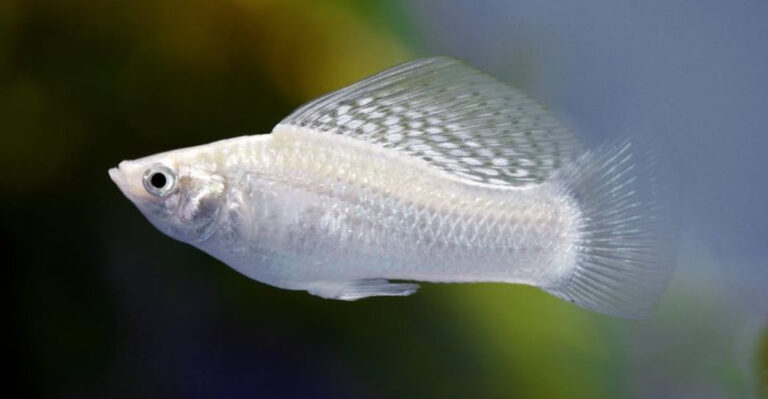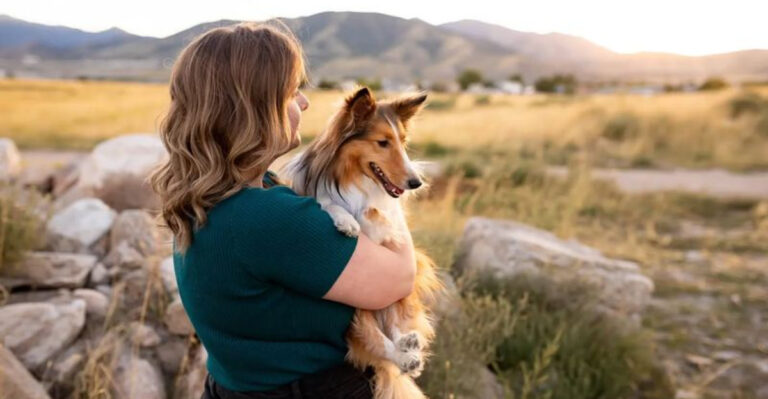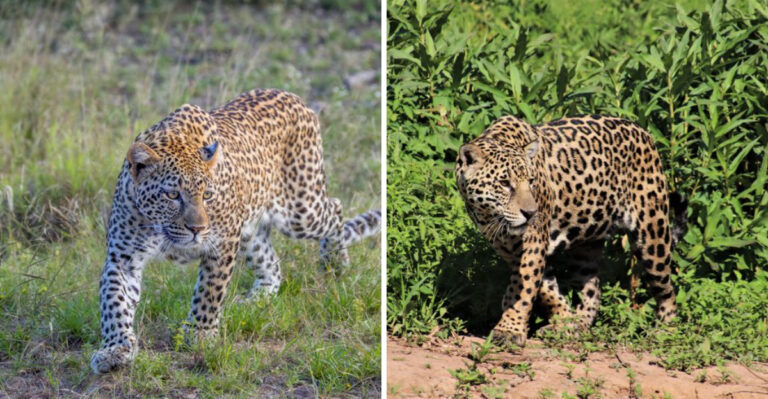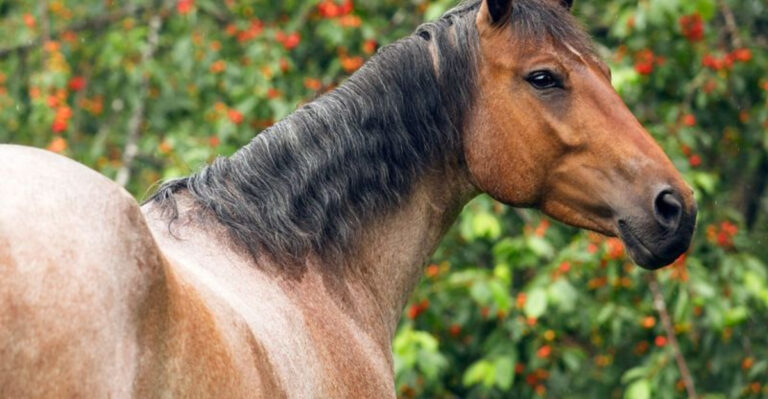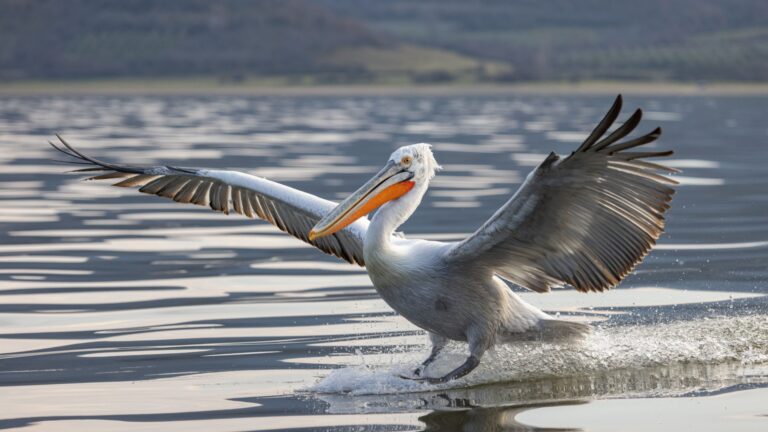12 Surprising Facts About Animal Life In America Before Pets Became Family
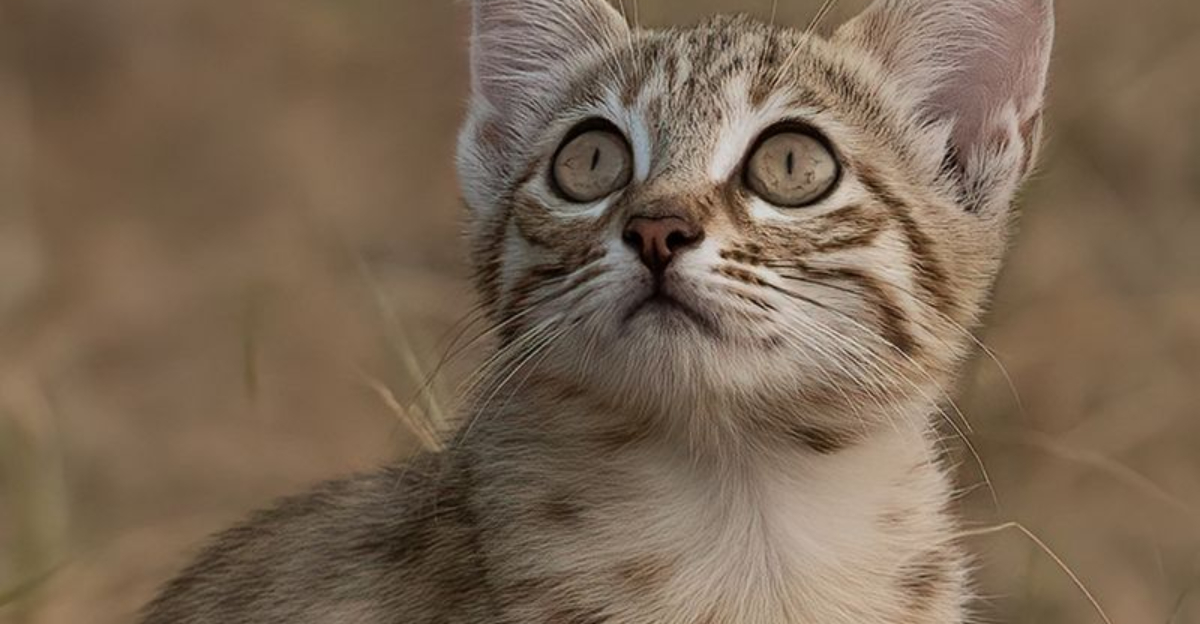
Before our furry friends became cherished family members, the lives of animals in America were filled with fascinating roles and surprising habits.
In this list, we explore twelve intriguing facts about animal life in the days when pets were yet to enjoy the cozy comforts of home that they do today.
1. Horses
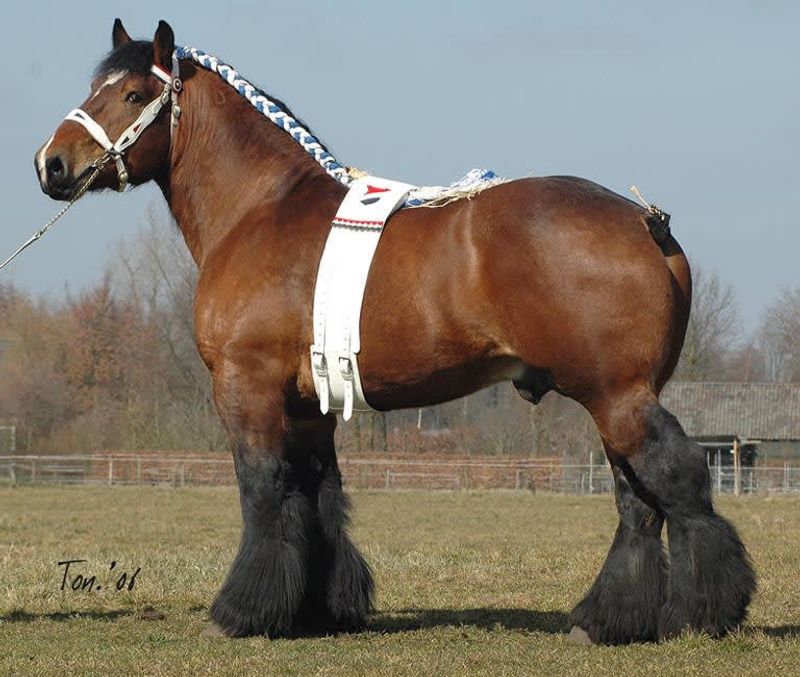
Once upon a time, the horse was America’s indispensable workforce. With muscles rippling under a gleaming coat, these majestic creatures plowed fields and powered transportation. A farmer’s best friend, the horse carried its weight in gold, quite literally.
Even city sidewalks echoed with the rhythmic clop of hooves, as carriages trotted by. Their loyalty was unmatched.
2. Pigeons
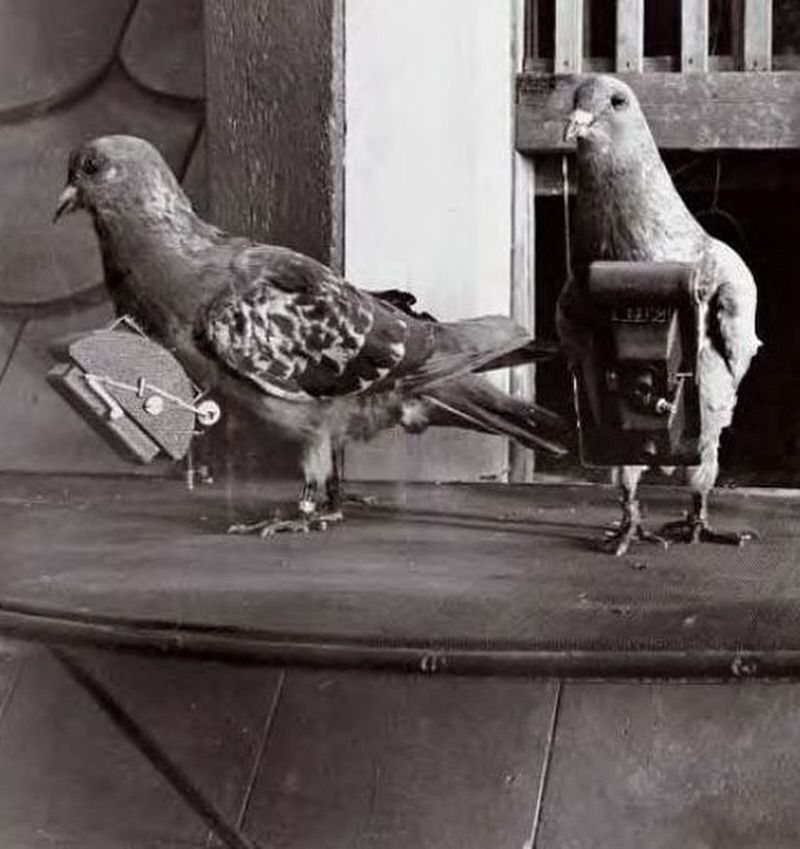
Long before emails or text messages, pigeons were the original airmail service. Flapping through the skies with a mission, these feathered couriers delivered messages across vast distances.
Known for their uncanny homing ability, these birds were trusted with vital information, changing the course of history with a mere flutter of wings.
Imagine the skies filled with pigeons, each on their important postal duty. Their contribution to communication was nothing short of revolutionary.
3. Bison
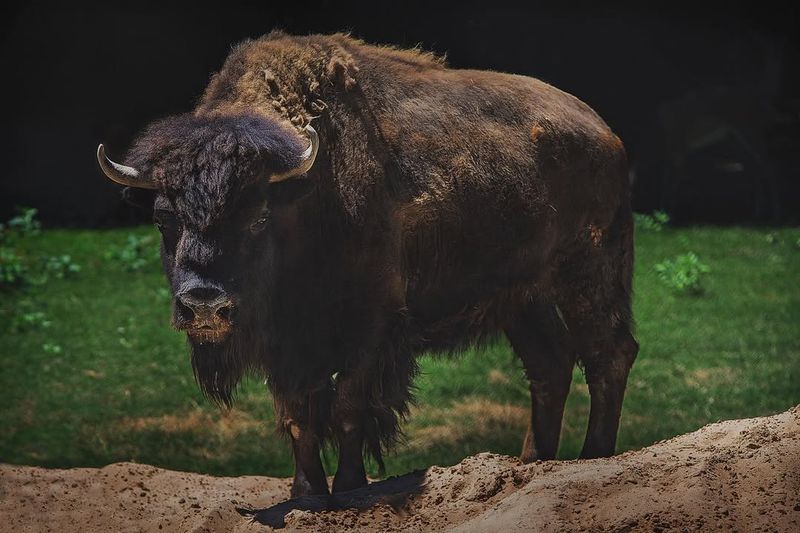
Roaming the Great Plains, the bison was a symbol of strength and abundance in America. With shaggy coats and formidable horns, they were the kings of the prairie.
Native Americans revered these creatures, utilizing every part for sustenance and survival.
A thundering herd could shake the very ground, a spectacle both awe-inspiring and essential to the ecosystem. The bison’s presence was a cornerstone of American wildlife.
4. Rooster
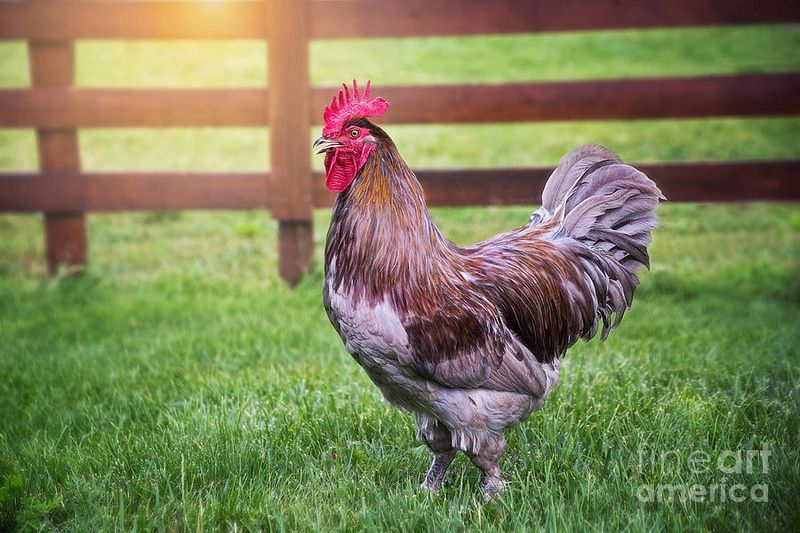
Cock-a-doodle-doo! The rooster’s crow was the farmer’s alarm clock. Strutting with pride and vibrant plumage, these birds were more than just decorative farm residents.
Their morning symphony marked the start of a new day, signaling chores and breakfast.
The phrase ‘rule the roost’ comes from the rooster’s commanding presence among the hens. Beyond their barnyard duties, they provided eggs and meat, indispensable to rural life.
5. Dogs
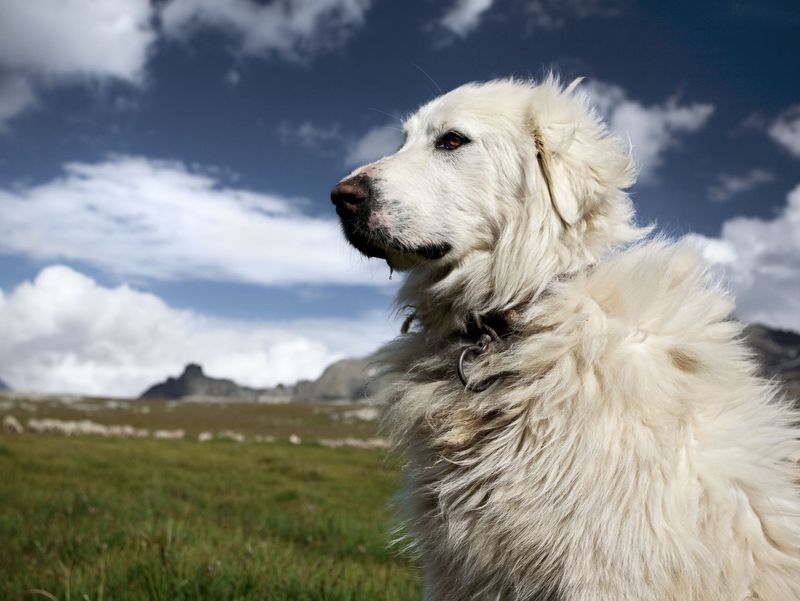
Not just man’s best friend, dogs were vigilant protectors of the homefront. With ears perked and eyes sharp, they stood watch, warning of intruders or wildlife.
Their keen senses and loyalty made them perfect partners for pioneers and settlers.
A wagging tail could signal safety, while a bark meant alert. Dogs were indispensable, offering companionship and security in a rugged world.
6. Beavers
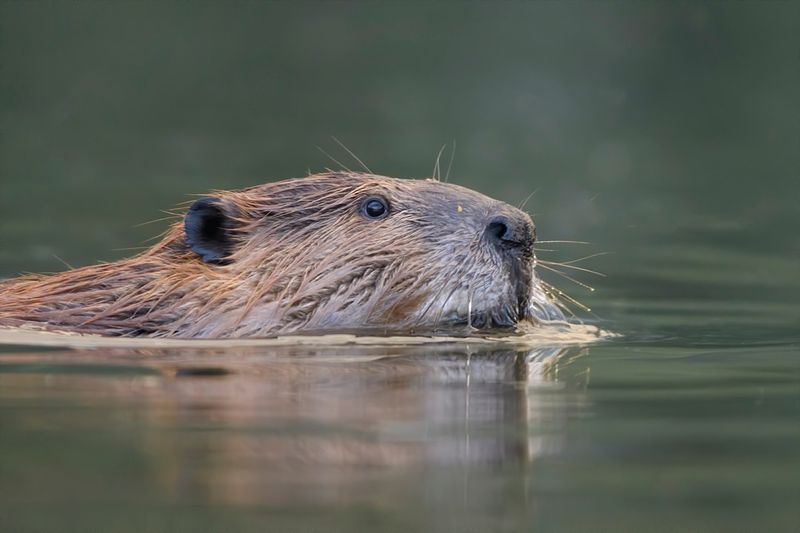
Busy as a beaver isn’t just an expression; it’s an homage to these tireless architects of the wild. With teeth like chisels, beavers crafted lodges and dams, transforming landscapes and waterways.
Their constructions provided habitats for other species, balancing ecosystems.
Beaver pelts were highly valued in the fur trade, shaping economic ventures. Their industrious nature left a mark on the natural world and human history alike.
7. Owls
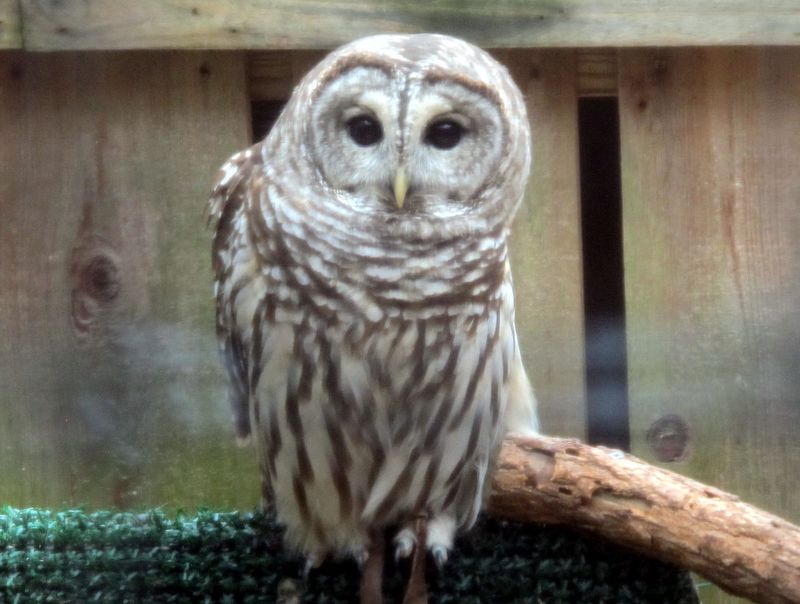
When night fell, owls took to the skies, silent and ghostly. These nocturnal hunters were the guardians of the night, their keen eyes scanning for prey.
Known for their wisdom and eerie calls, owls played a mystical role in folklore. Their presence was both feared and revered.
An owl’s head can rotate 270 degrees, giving them unparalleled vision. The night belonged to these feathered mysteries.
8. Mules
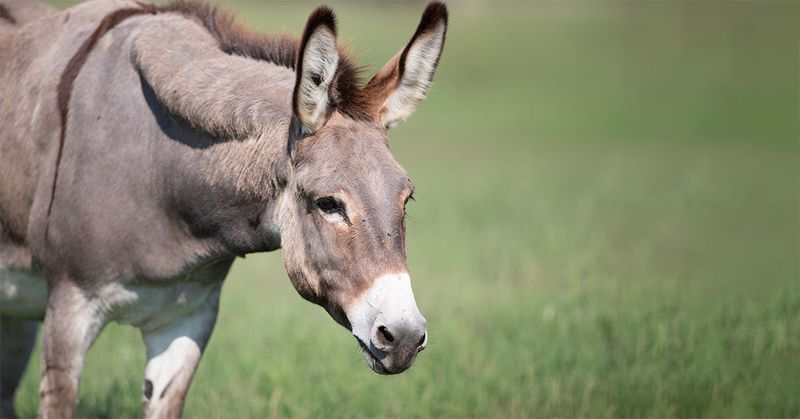
With resilience that rivaled the very landscapes they traversed, mules were the backbone of frontier expeditions. Known for their surefootedness, they carried supplies and people across rugged terrains.
Stubborn yet reliable, mules were vital to explorers and settlers.
Their strength and endurance made them indispensable in the expansion of the American West.
Mules are actually hybrids, born of a horse and donkey, inheriting the best traits of both.
9. Cats
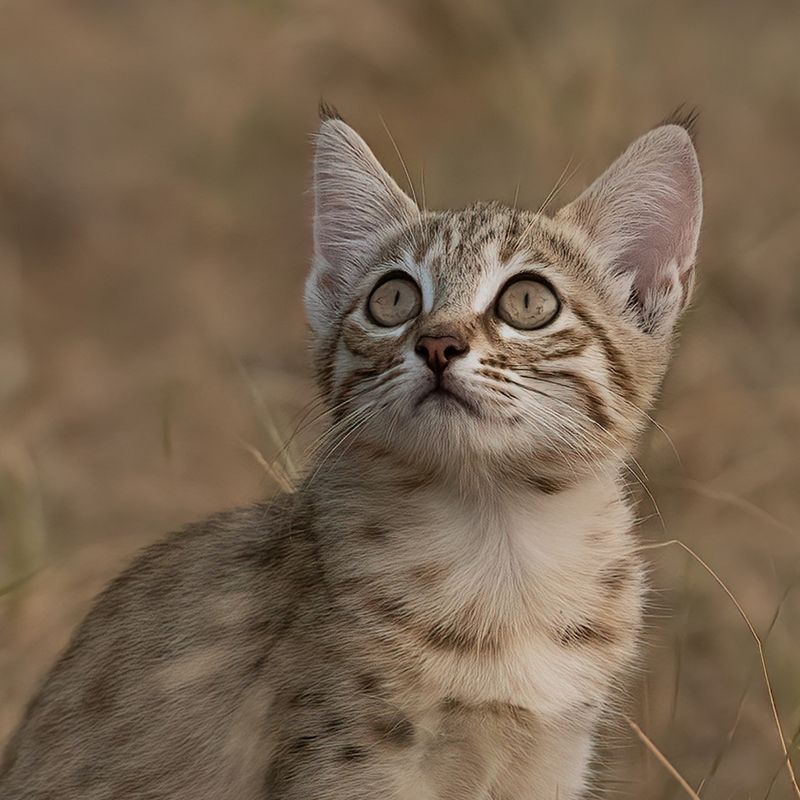
Stealthy and independent, cats were the silent hunters of the barn, keeping pests at bay with their nimble prowess. Their role was critical in protecting grain stores from rodents.
Beyond their hunting skills, cats were beloved for their mysterious charm.
Sailors often took cats on sea voyages, believing they brought good luck and kept ships rodent-free. These feline companions were valued far beyond the barnyard.
10. The Red Fox
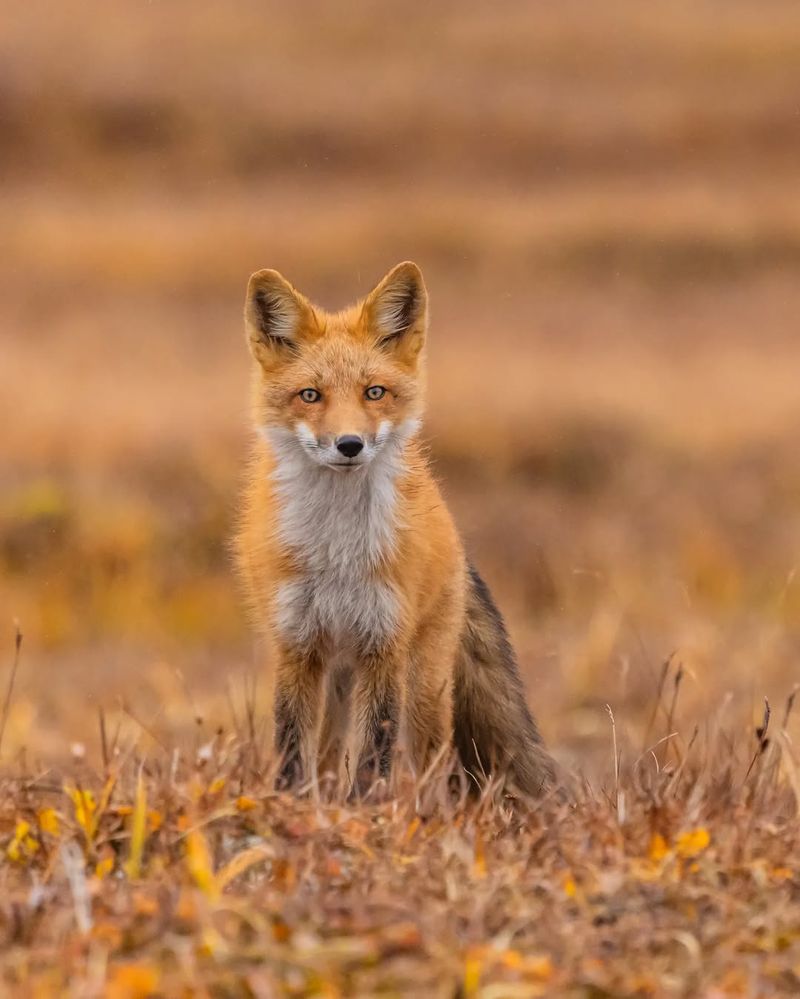
Clever as a fox—this saying perfectly captures the essence of these cunning creatures. With bushy tails and sharp eyes, red foxes prowled the woods and fields.
Masters of adaptation, they thrived in diverse environments. Their playful antics and intelligence were the stuff of legends and stories.
Foxes communicate with a variety of vocalizations, from barks to screams. Their presence in folklore often depicted them as sly tricksters.
11. Elk
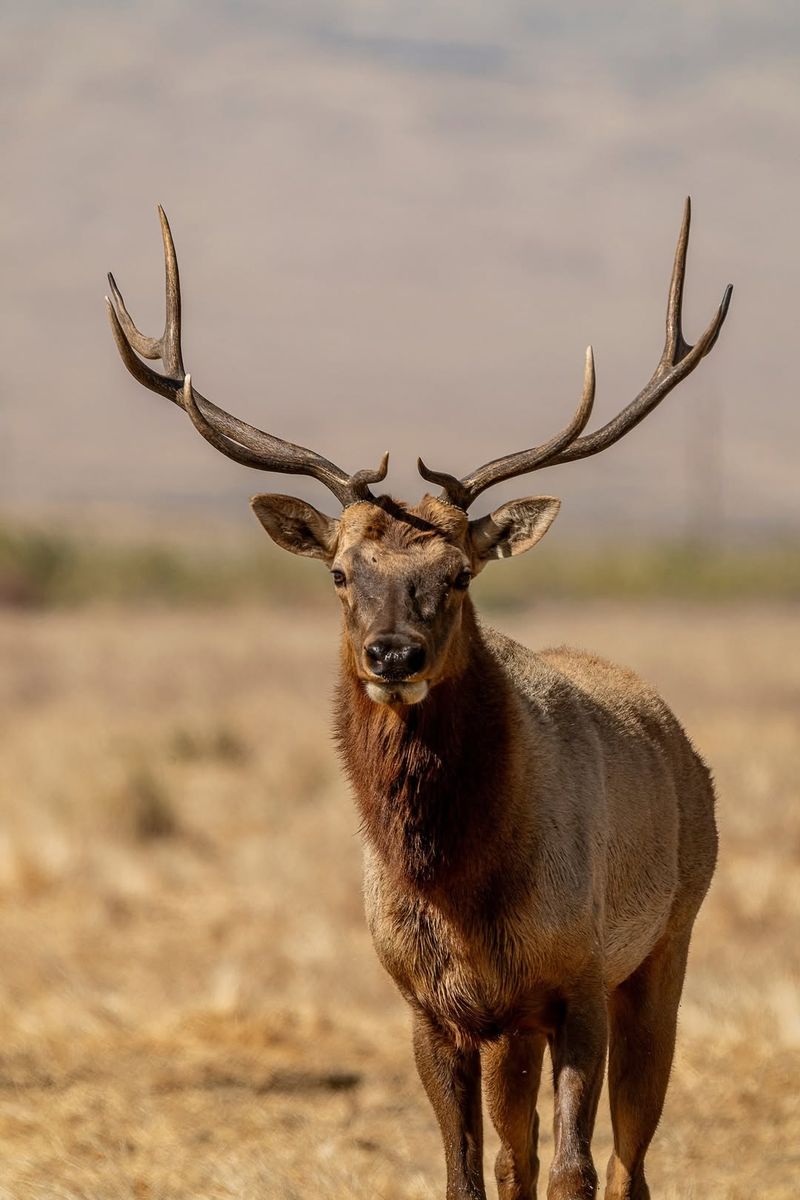
With antlers that seem to reach the sky, elk were majestic figures of the American wilderness. Their bugling call echoed through the valleys, a signal of strength and virility.
Elk played an important role in ecosystems, influencing plant growth and providing prey for predators. Did you know?
During the rut, male elk engage in dramatic battles for mates, their antlers clashing in a fierce display. These grand creatures were symbols of the wild, embodying nature’s grandeur.
12. River Otters
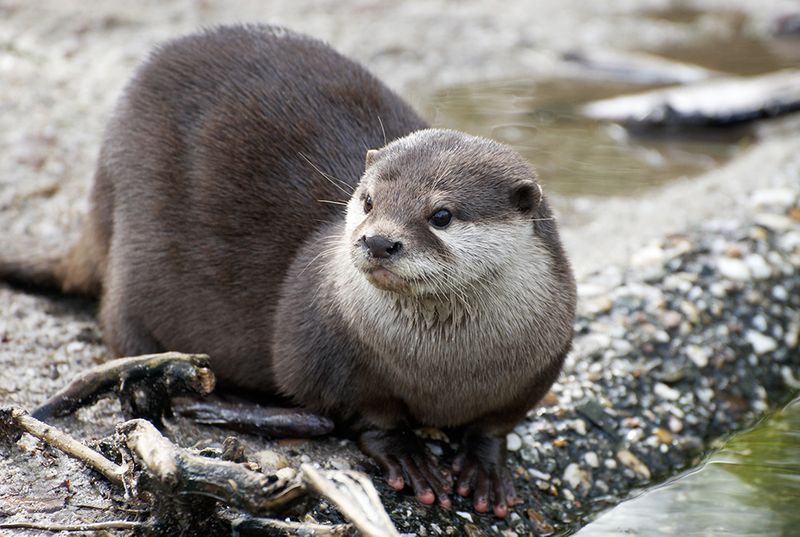
Sliding through the water with the grace of an acrobat, river otters were the playful navigators of America’s waterways. Their antics brought joy to anyone lucky enough to witness them.
Otters were keystone species, maintaining the health of aquatic ecosystems.
Did you know? River otters have a playful nature, often seen sliding down muddy banks just for fun. Their presence indicated clean, healthy waters, essential to the survival of many other species.

